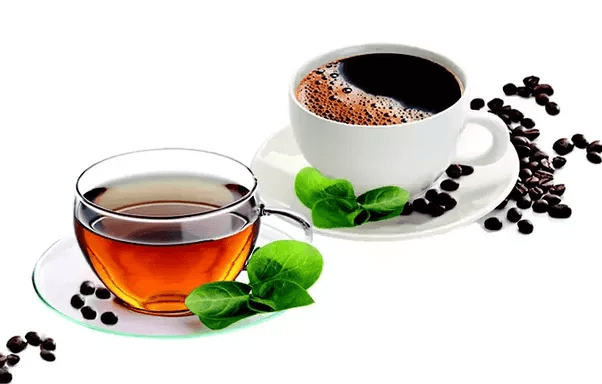SITHFAB024 Prepare and service non-alcoholic beverages
In this unit of study you will learn how to;
- Select ingredients
- Select, prepare and use equipment
- Prepare non-alcoholic beverages
- Serve non-alcoholic beverages
Introduction
Not all customers will want to buy alcoholic drinks; the hospitality industry has undergone many changes over the years and one of the main changes is an increased emphasis on non-alcoholic drinks. This has happened for a variety of reasons including;
- The impact of drink-driving laws. More people are now aware they have a moral, social and legal responsibility not to drink alcohol and drive
- Many venues now target the entire family, and provide food, facilities and entertainment that will satisfy all age levels. It is, therefore necessary to cater to all age groups
- Customers may have medical conditions which do not allow them to drink alcohol, and others simply want to remain as healthy as they can, and believe that alcohol contributes to ill health
- A general community feeling that overindulging in liquor is no longer as acceptable as it once was.
- Employers and work colleagues will not tolerate drunkenness in the workplace; many employers now have a ”zero tolerance‟ policy as far as alcohol is concerned.
Working in a bar environment you may also need to propose non-alcoholic options to patrons who are beginning to show signs of intoxication.
In these cases, you need to be able to provide customers with accurate information on options available to them. Non-alcoholic beverages can include:
- Soft drinks
- Mocktails or virgin cocktails
- Non-alcoholic beer and wine
- Tea, coffee, hot chocolate
- Fruit juices
- Fresh milk
- Still, sparkling, fresh or mineral water
A wide variety of beverages can be made from these.
Select Ingredients
One of the most important aspects of preparing and serving drinks to customers is to ensure that you mix their drinks properly and in a timely manner; customers don’t like to be kept waiting and they want their drinks prepared to their taste. This means working to the correct recipe for each given drink; having the right ingredients to hand and in the right quantities.
Checking and identifying specific customer preferences
In the same way that food dishes have recipes to provide information on ingredients and preparation methods, so too do many beverages. A Mocktail (non-alcoholic cocktail), for example, may have a number of different ingredients as well as accompaniments.
However while non-alcoholic drink recipes will provide the information for each given type of drink, customers may have specific preferences when it comes to mixing or preparing their drinks. These preferences may relate to such things as:
- Brands – for example; there are many customers who prefer Coca Cola over Pepsi or Schwepps over a generic brand of soda.
- Diet or ‘full strength’ options of beverages (diet coke, zero and so on)
- Garnishes – they may not like some garnishes that are typically used; such as olives, celery stalks and so on.
- Glassware – they may prefer a specific type or size of glass.
- Ice – they may prefer their drinks “neat” which means no ice (or any other mixers), or they may ask for their drink “on the rocks” or “over ice” – meaning that they do want ice.
While there are, generally, no recipes involved in preparing coffee or tea beverages, there may still be specific preferences a customer might have. For example;
- Coffee blends or roasting styles. Connoisseurs of coffee will have specific tastes when it comes to drinking coffee and the way coffee beans are roasted, and then blended, can make a great difference in the taste of the beverage. This subject is dealt with in unit SITHFAB025 Prepare and Serve Coffee
- Specific type and blends of tea. In the same way that there are many different types of coffee, there are also many different types of tea; customers may prefer black, green or white tea. They may ask for specific herbal teas and so on.
- Size and strength– relates to the size of the glass the drink is being served in, and strength relates to how much of the main ingredient should be added. For example you might serve coffee with a single shot, or you might serve it with a double shot of coffee (for those who like their coffee strong.
- Temperature – may relate to whether the customer wants their coffee or tea hot or extra hot.
So before mixing or preparing a beverage for your customer you should enquire about any specific preferences so that you can make the drink to their exact requirements.
…continued in learner guide ….
For purchase information go back to hospitality unit page
